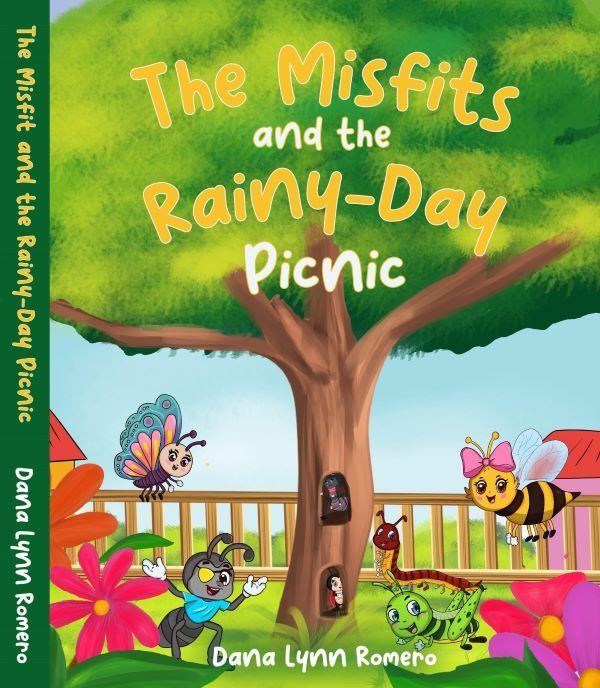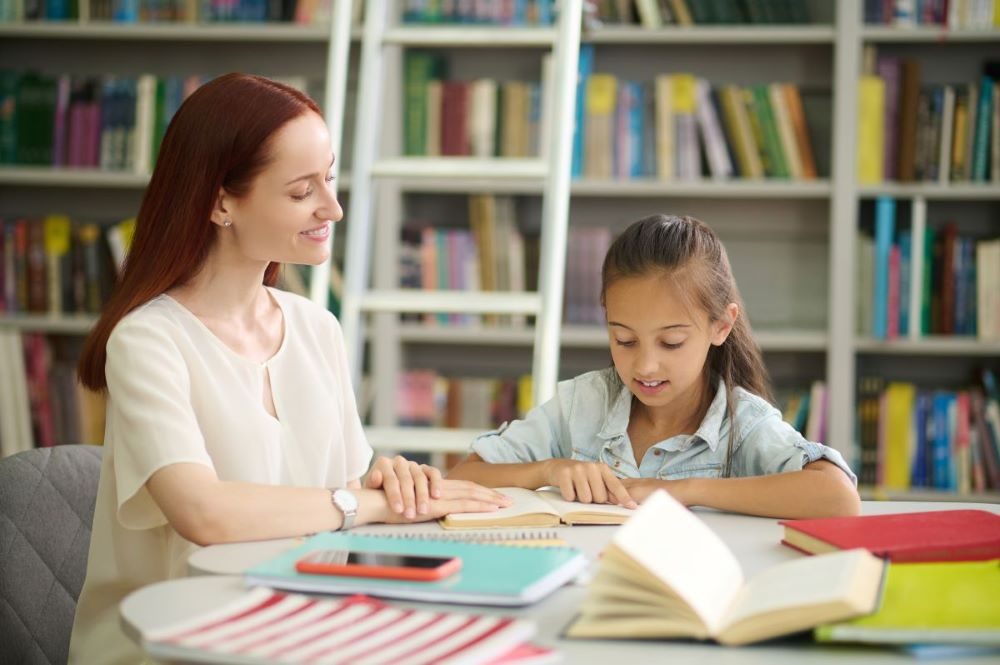Storytelling is a powerful tool for teachers to capture students’ attention and make learning memorable. By weaving stories into lessons, educators can enhance engagement, deepen understanding, and foster a love for learning. Here are five creative storytelling techniques that teachers can use to captivate students and make classroom lessons come alive.
1. Role-Playing and Dramatization
Role-playing is a dynamic way to bring stories and historical events to life. By assigning characters to students, they can act out key moments of a story or re-enact historical events. This technique allows students to step into the shoes of characters, explore different perspectives, and gain a deeper understanding of the material.
For instance, students can role-play as explorers, scientists, or historical figures, turning the classroom into a stage where history unfolds in real-time. Not only does this method encourage participation, but it also helps students develop empathy and critical thinking skills.
2. Storyboarding and Visual Narratives
Visual storytelling through storyboarding is an excellent way to help students organize their thoughts and present ideas creatively. Storyboarding involves creating a sequence of drawings or images that outline the main events of a story or lesson. This technique is particularly effective for visual learners who benefit from seeing information laid out graphically.
Teachers can use this method to explain complex concepts, such as scientific processes or historical timelines, by breaking them down into visual steps. Encouraging students to create their own storyboards can also be a great way to assess their understanding of a topic.
3. Interactive Storytelling with Technology
Incorporating technology into storytelling opens up a world of possibilities for engaging students. Tools like interactive presentations, video creation apps, and digital storytelling platforms allow teachers to create immersive narratives that can captivate even the most distracted learners.
Using apps like Book Creator or Storybird, students can craft their own digital stories, complete with images, animations, and sound effects. This hands-on approach not only boosts creativity but also teaches valuable digital literacy skills. Interactive storytelling can also include gamified elements, like branching story paths or quizzes, where students’ choices impact the direction of the story, keeping them actively involved.
4. Personalized Stories and Relatable Content
Connecting lessons to students’ personal experiences or current events makes storytelling more impactful. Teachers can craft stories that resonate with students by incorporating familiar settings, challenges, or relatable characters.
For example, when teaching environmental science, a story about a community facing water scarcity can make the concept more real and relevant. Personalized storytelling fosters a deeper emotional connection and helps students see the relevance of what they are learning in their own lives. Encouraging students to share their own stories related to the lesson topic can further enrich the learning experience.
5. Sensory Storytelling with Props and Sound
Appealing to the senses can make storytelling more immersive and engaging. Using props, sound effects, and music can help set the mood and transport students into the story world. For instance, a lesson on ancient civilizations can be enhanced by playing traditional music, displaying artifacts, or using scents that evoke the setting, such as spices for a lesson on the Silk Road.
Props like costumes, maps, or simple objects related to the story can spark students’ imaginations and make the narrative more tangible. Sensory storytelling helps students form vivid mental images, making the material more memorable.

Dana Lynn’s newest book highlights how courage and collaboration are key to overcoming challenges.
Wrapping Up
Creative storytelling techniques can transform the classroom into a dynamic learning environment where students are active participants in the educational journey. By using role-playing, visual storytelling, technology, personalization, and sensory elements, teachers can make lessons more engaging, relatable, and memorable. Storytelling not only enhances comprehension but also fosters a love for learning, encouraging students to explore the world with curiosity and creativity. By incorporating these techniques, educators can turn lessons into adventures that students will remember long after the school day ends.
Ready to introduce your child to the adventurous world of “The Misfits and the Rainy Day Picnic” by Dana Lynn Romero. Order your copy today and embark on a courageous journey with Benjamin and his friends. Let their story inspire your little one’s bravery!



0 Comments